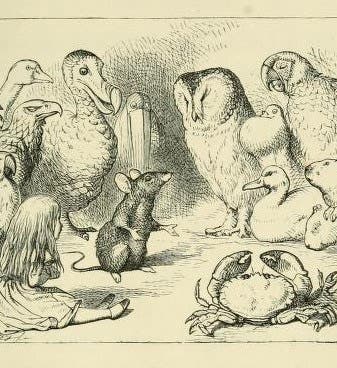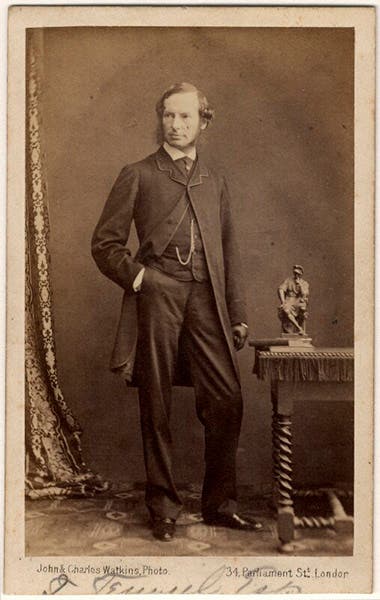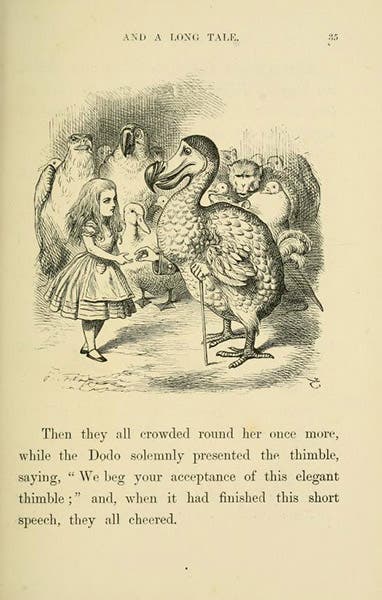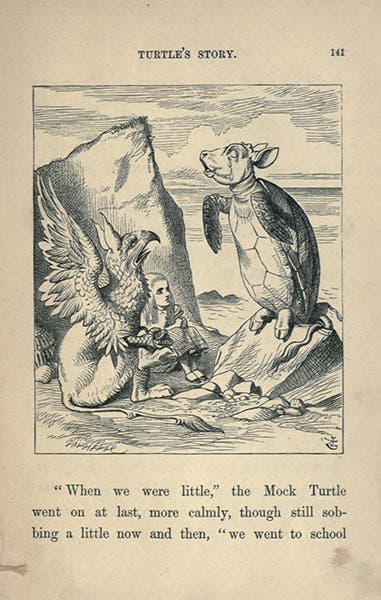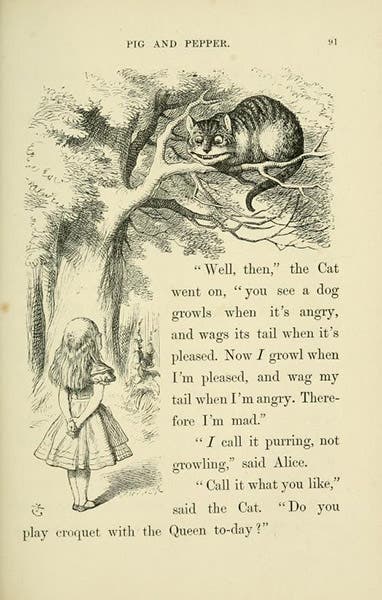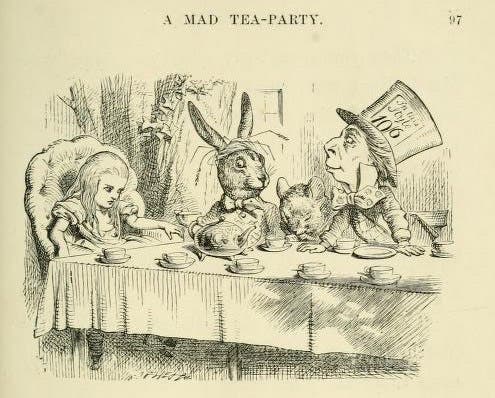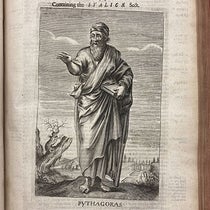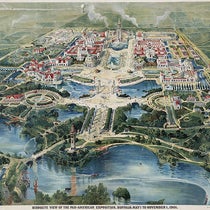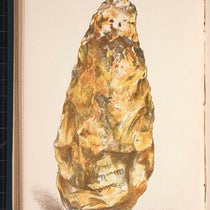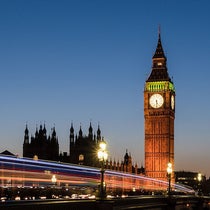Scientist of the Day - John Tenniel
John Tenniel, a British illustrator, was born Feb. 28, 1820. In his lifetime, he was best known as the political cartoonist for Punch, producing over 2000 cartoons during a career of some 50 years. But the modern world knows him as the illustrator of Lewis Carroll's Alice’s Adventures in Wonderland (1865) and Through the Looking-Glass (1871). We include him in our scientific anniversary series because Tenniel loved to draw animals. We have included many animaliers in this series (such as Antoine-Louis Barye, Paul Wayland Bartlett, and Diego Giacometti), as a way of adding some artists to our ranks. I don't think anyone would ever call Tenniel an animalier, but he did love to draw animals, and it is said that he agreed to illustrate Carroll’s books only because it gave him the opportunity to draw lots of animals. And he did it extraordinarily well, so that his animals, real and imagined, had a way of insinuating themselves into a reader’s subconscious. I dare say that your mental images of a dormouse, a March hare, a dodo, and a walrus are probably derived from Tenniel's prototypes, to say nothing of a Cheshire cat, a white rabbit, a mock-turtle, and a host of oysters with shoes.
Tenniel did 42 drawings for Alice in Wonderland, which were then turned into wood engravings for publication. Alice was printed in the summer of 1865, but Carroll objected to the poor quality of the prints, so it was printed again, and released to bookstores in December 1865, with an imprint date of 1866. We do not have a first edition, or any edition, of Alice in our Library, so we have borrowed our images from a first (1866) edition in Gettysburg College Library that has been made available online. Our image of the Walrus, the Carpenter, and the oysters, comes from an 1872 edition of Through the Looking Glass at the same institutional library.
A staggering amount of scholarship has been devoted to Alice in Wonderland, its wordplay, and its suspected connections to figures in Victorian Society, and the animals have not been spared in this analysis. Since I have no expertise whatsoever in Lewis Carroll scholarship, I will not venture into those waters, and simply provide the animal sketches for your admiration and, if you wish, your own analysis. In some cases, I show just the wood engraving; in others, the entire page with wood engraving.
I will point out that the dodo is represented exceedingly well. Perhaps Tenniel had access to The Dodo and its Kindred (1848), by Hugh Strickland, with its many fine paintings and engravings of dodos.
Tenniel did one cartoon, totally unrelated to Alice in Wonderland, that we mentioned in an earlier post, and I thought I would recall it to your attention. It appeared in Punch in October 1877 and made fun of the new appointment of William Henry Smith to the position of First Lord of the Admiralty, because he had no maritime experience whatsoever. The cartoon seems to have inspired Gilbert and Sullivan to create the character of Sir Joseph Porter for their operetta, H.M.S. Pinafore, and the song, "When I was a lad" (aka "Ruler of the Queen's Navy"). You can find a more complete version of the story (with a link to the song), and see Tenniel’s cartoon, in our post on Smith.
There are many surviving photo portraits of Tenniel, but most show him as quite elderly. We prefer a carte de visite of 1862 that captured him as he was about to sketch his first dormouse; it is in the National Portrait Gallery, London (second image).
William B. Ashworth, Jr., Consultant for the History of Science, Linda Hall Library and Associate Professor emeritus, Department of History, University of Missouri-Kansas City. Comments or corrections are welcome; please direct to ashworthw@umkc.edu.

